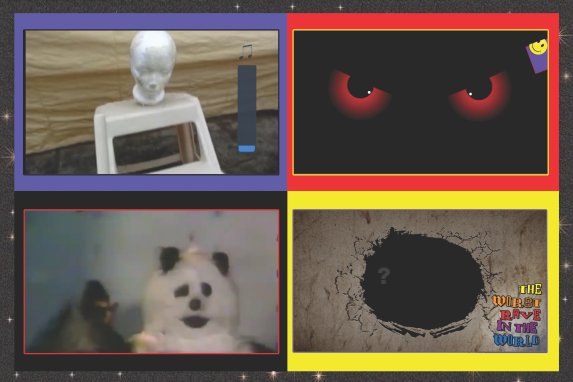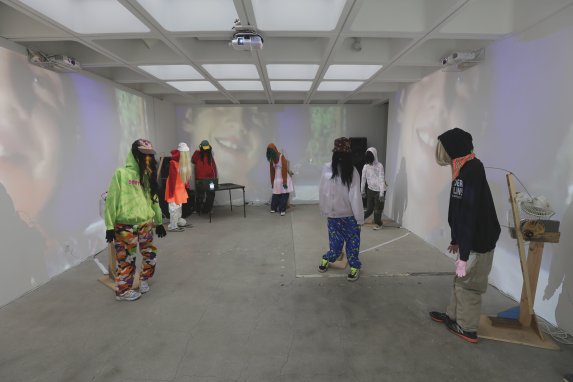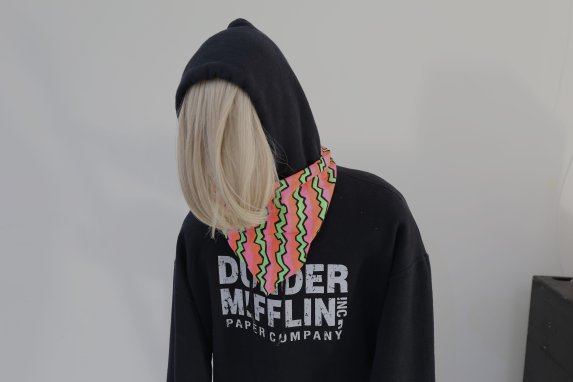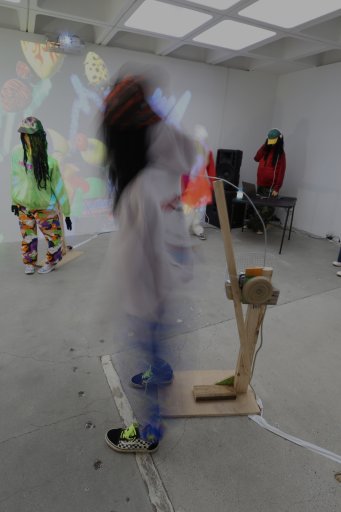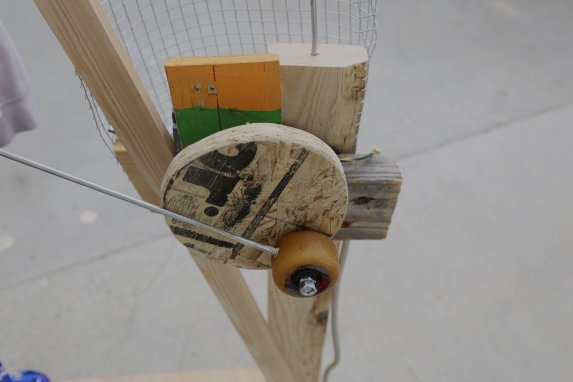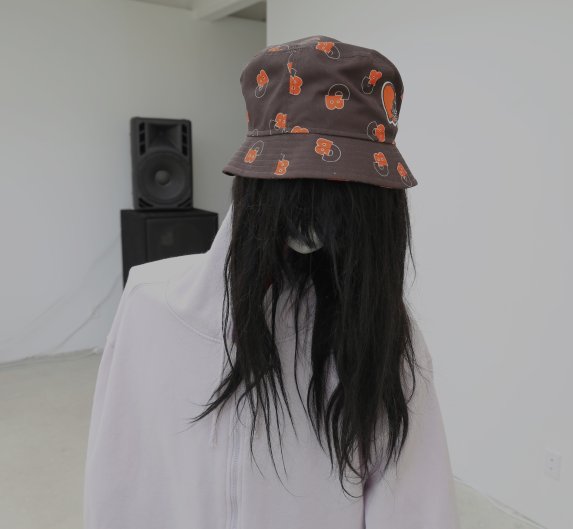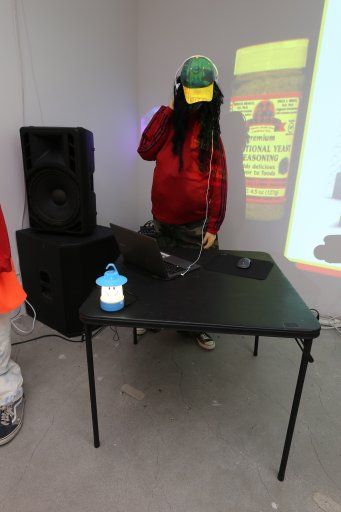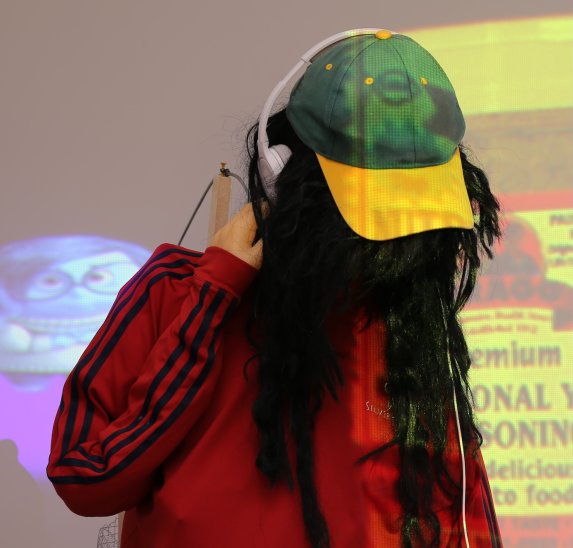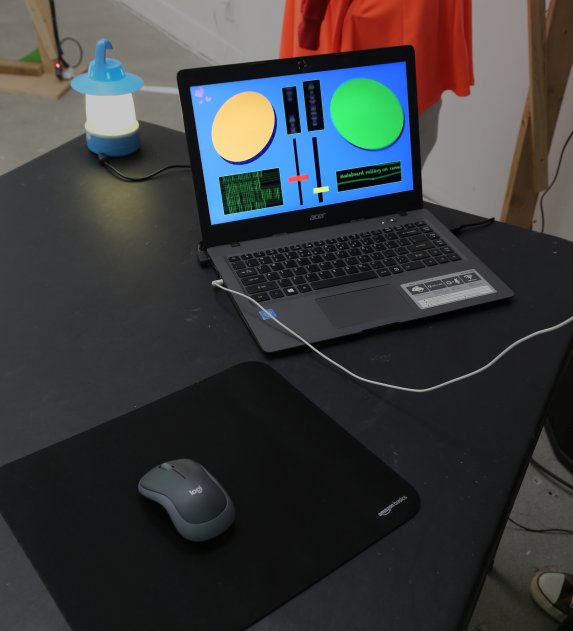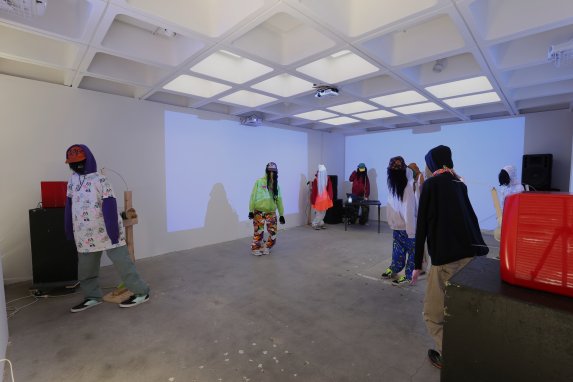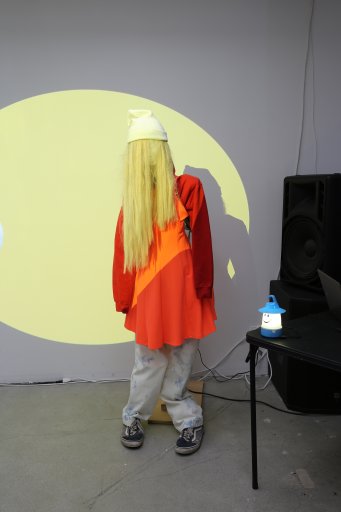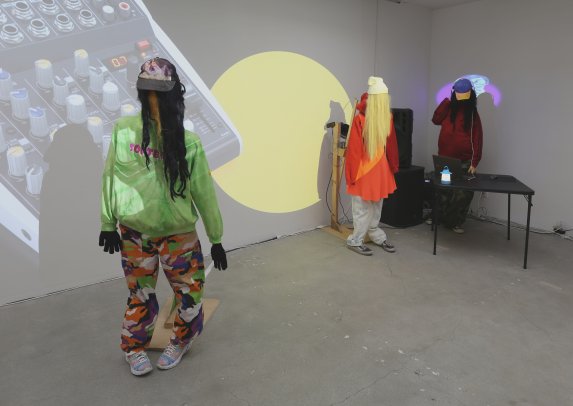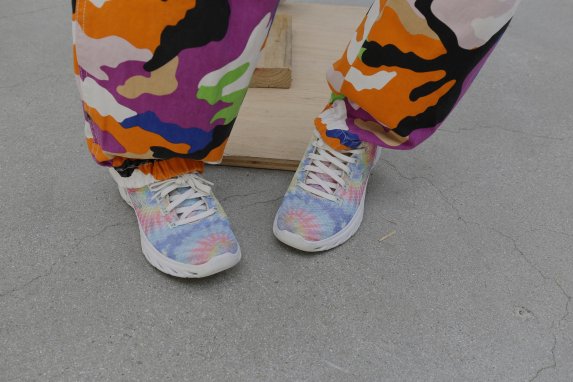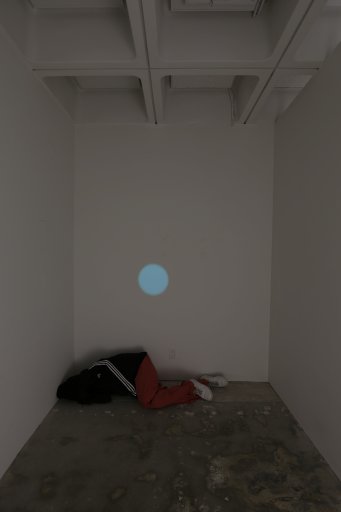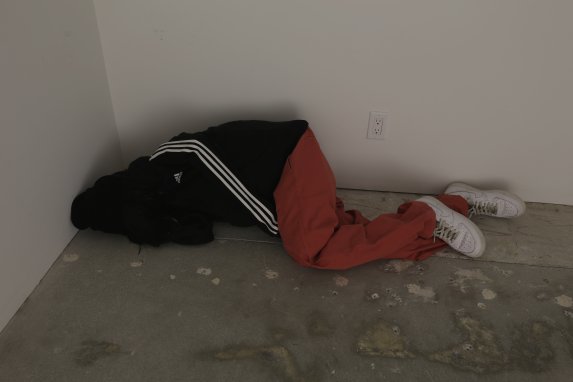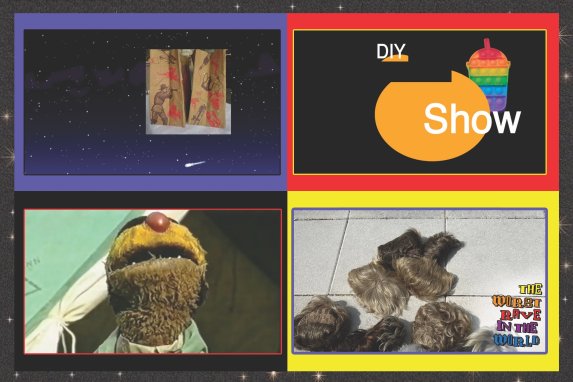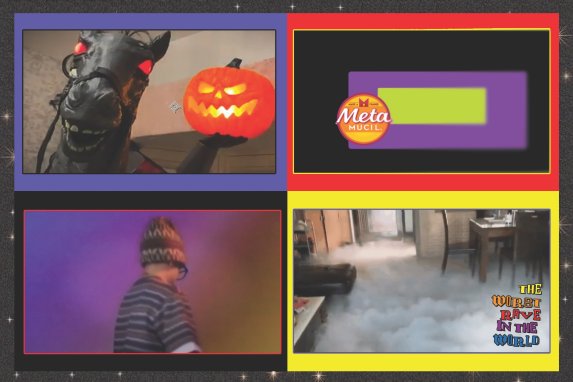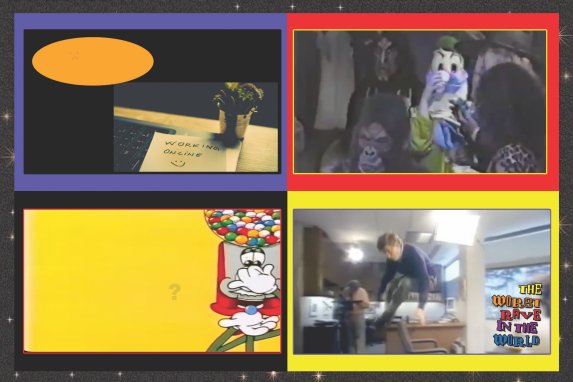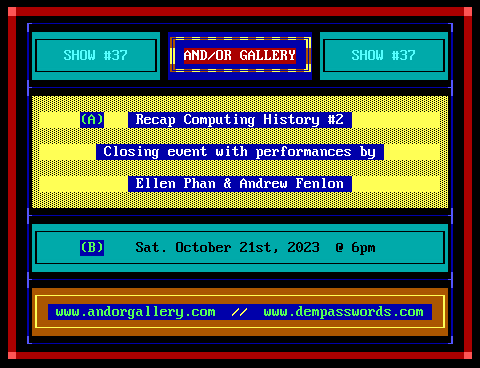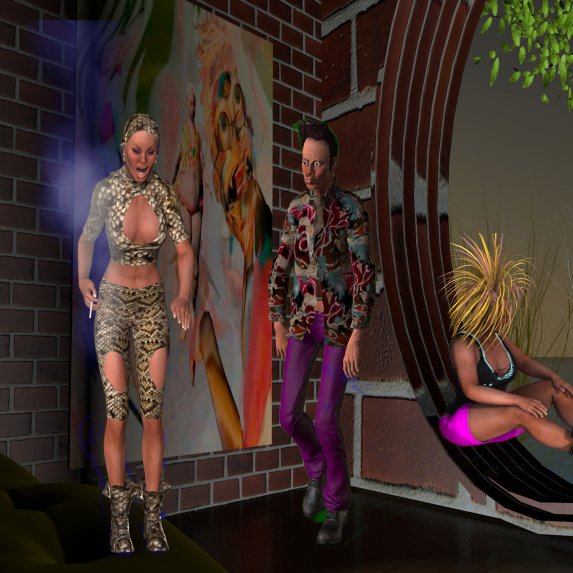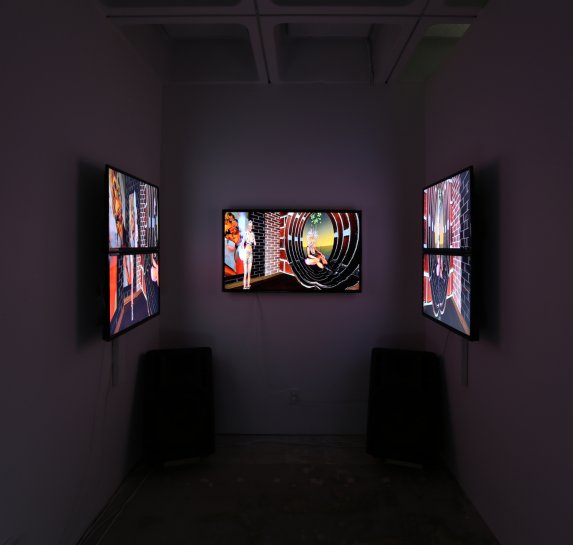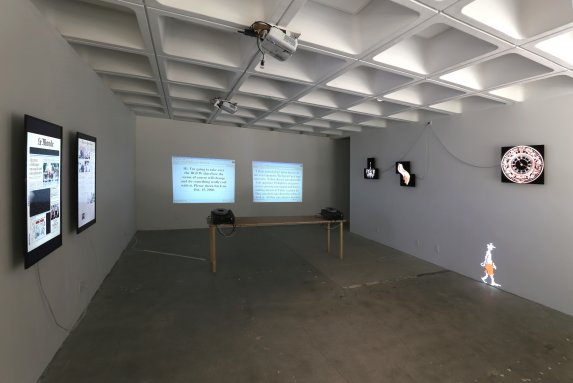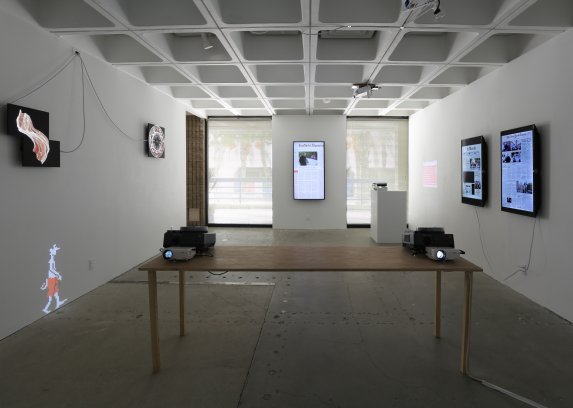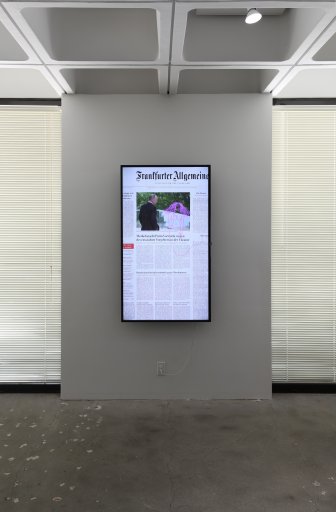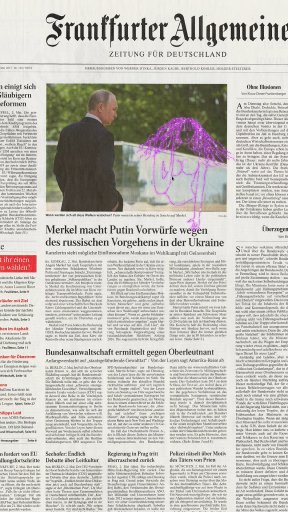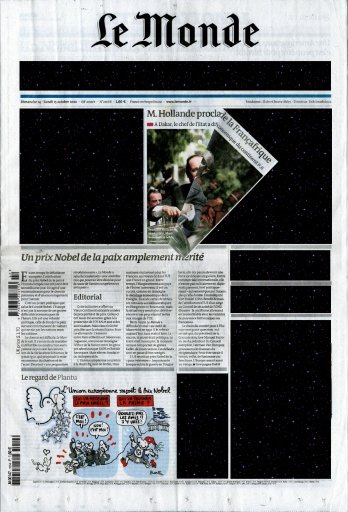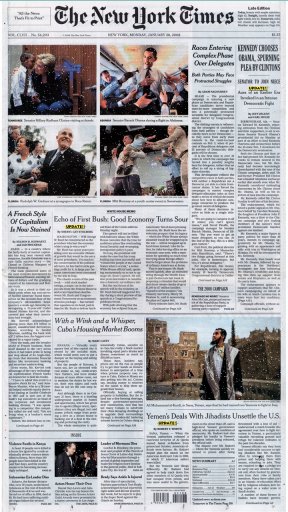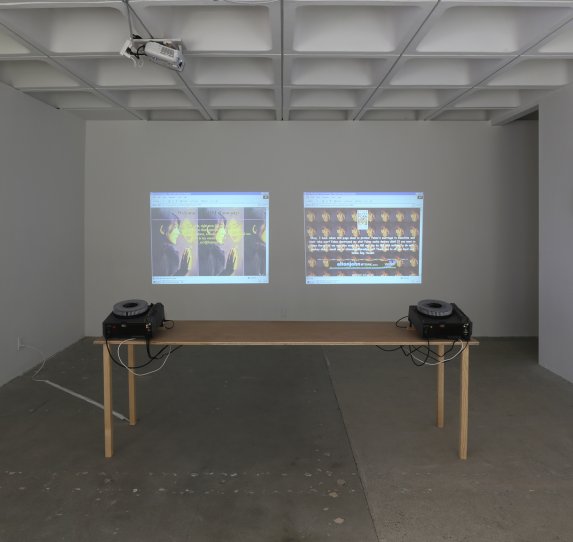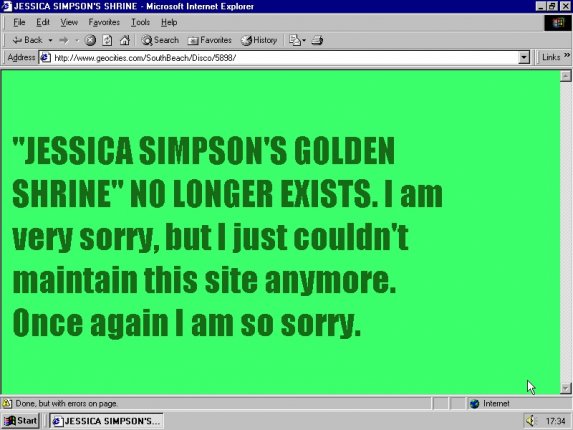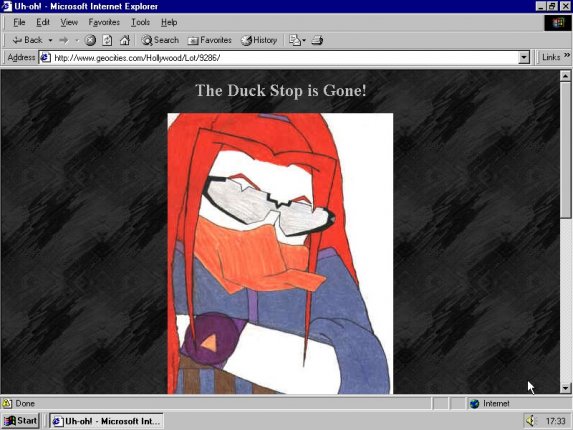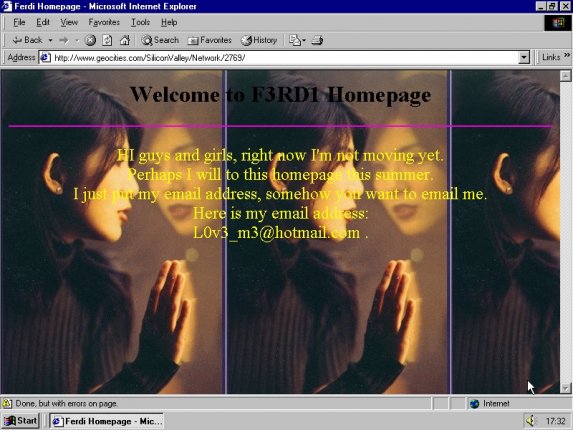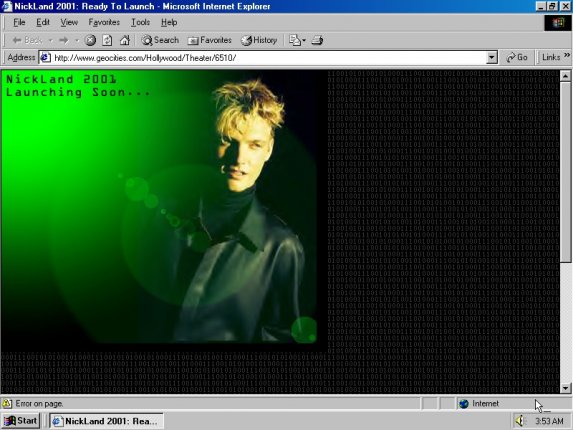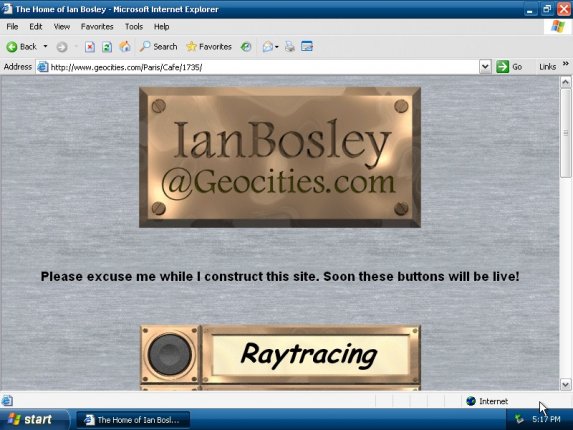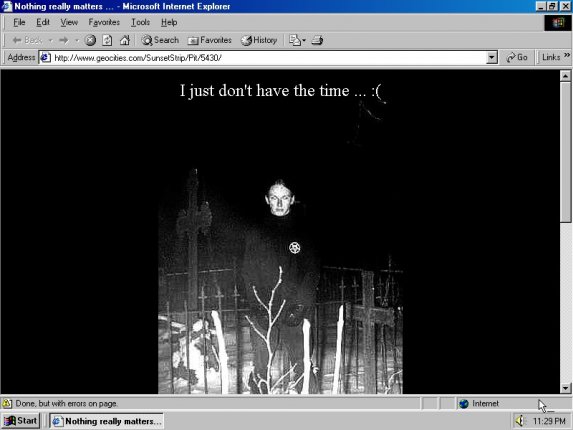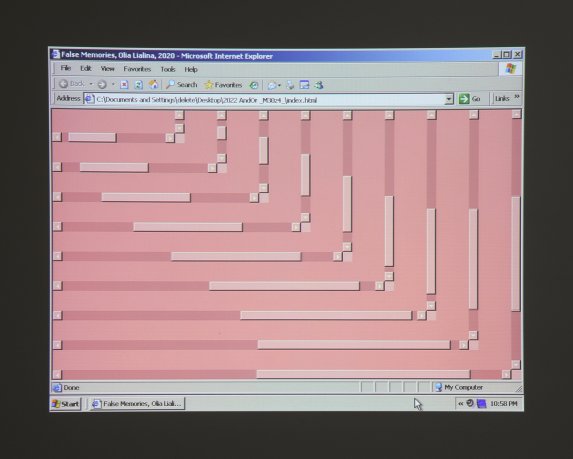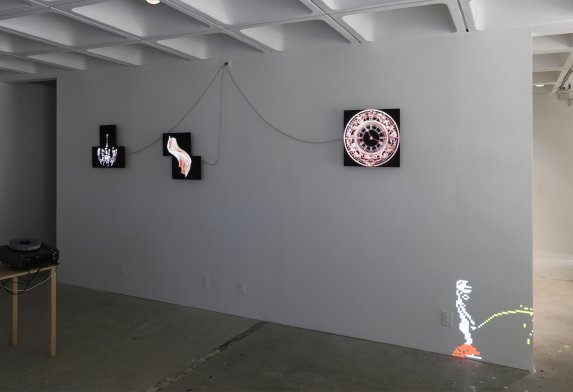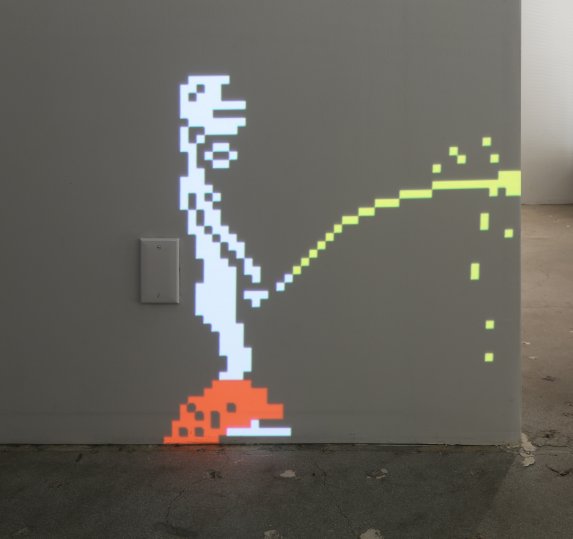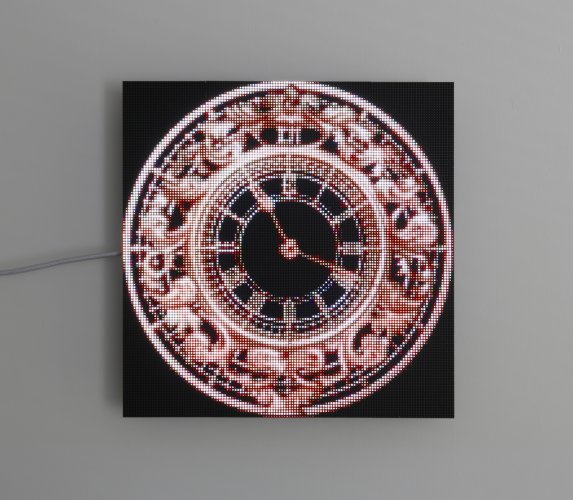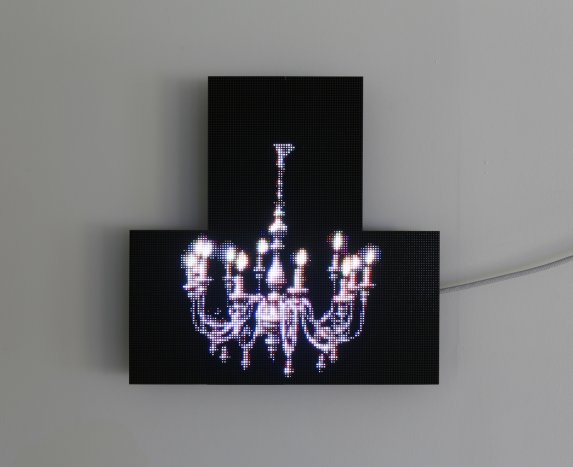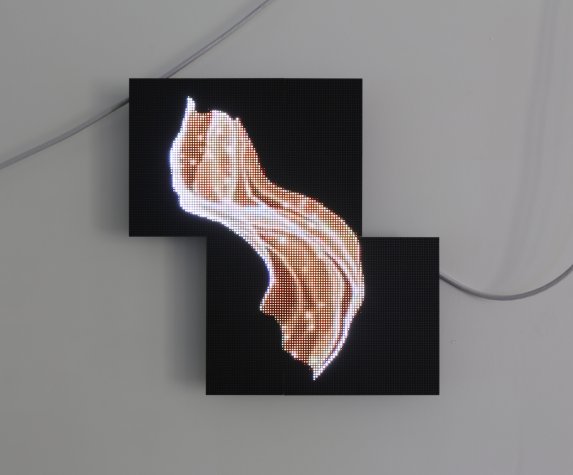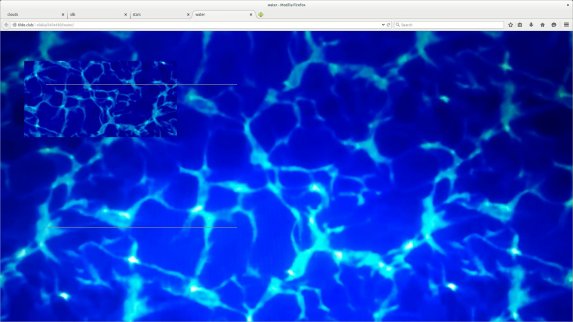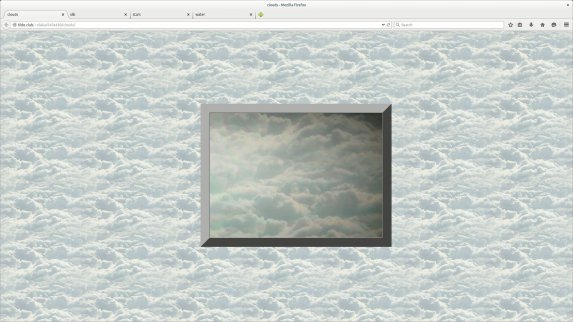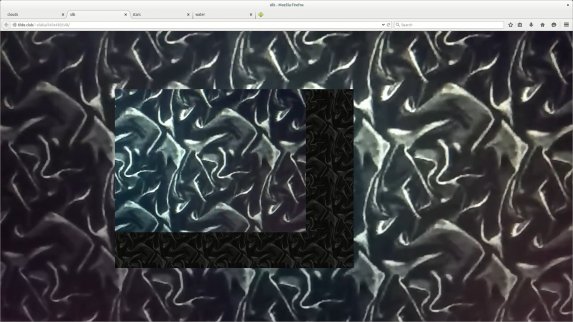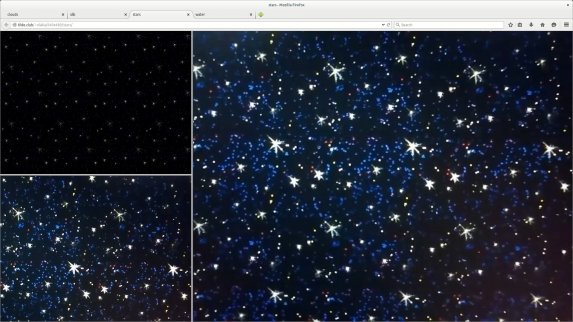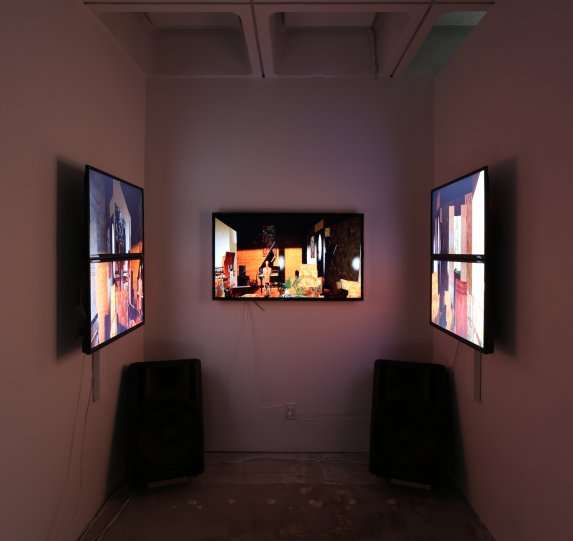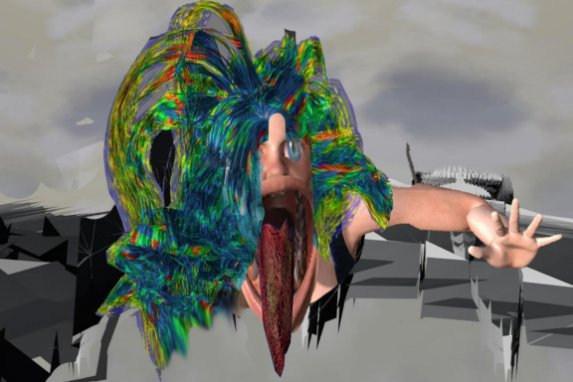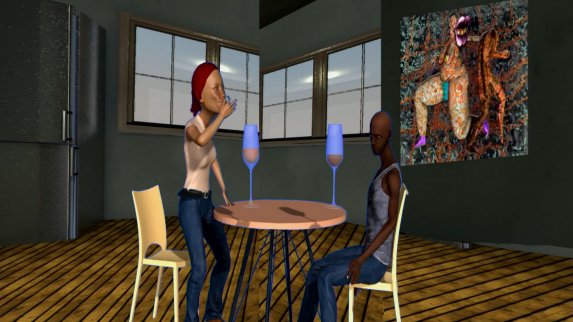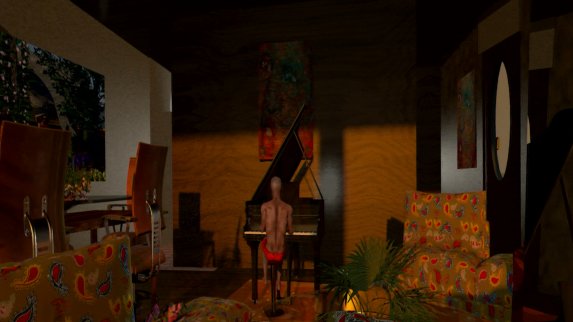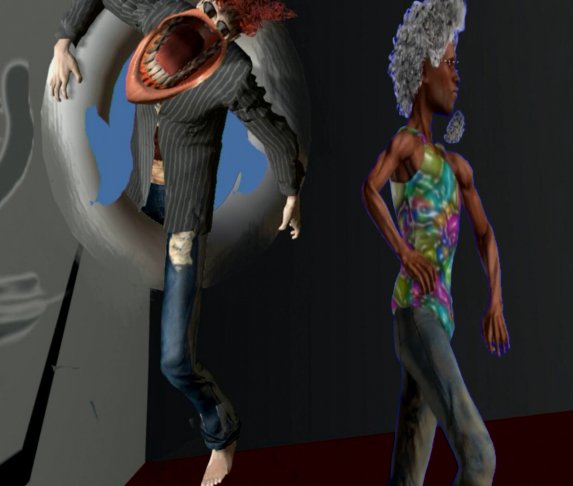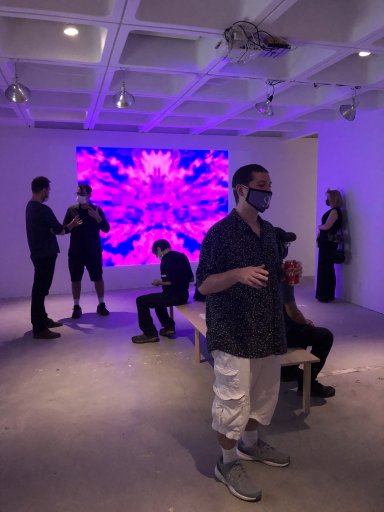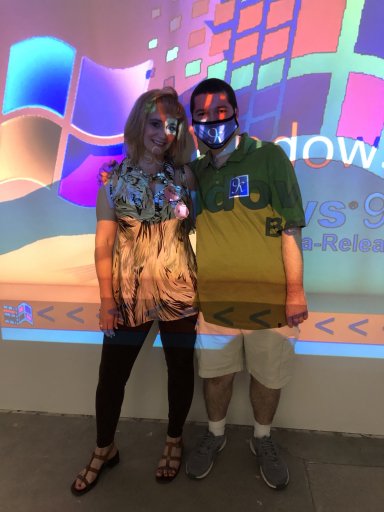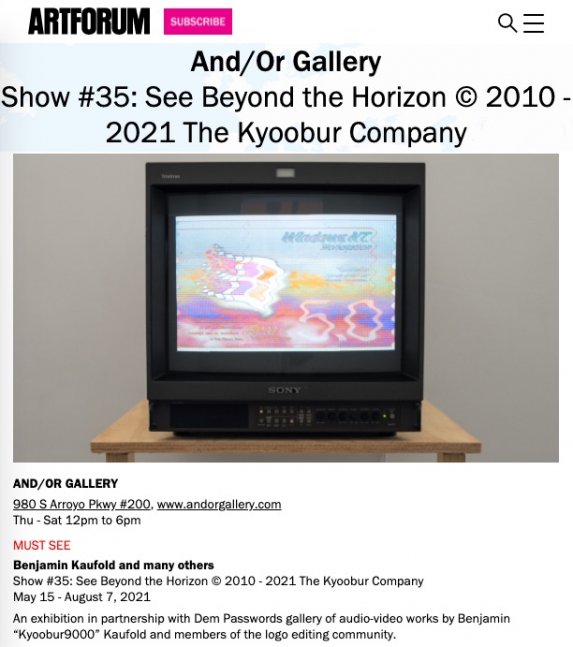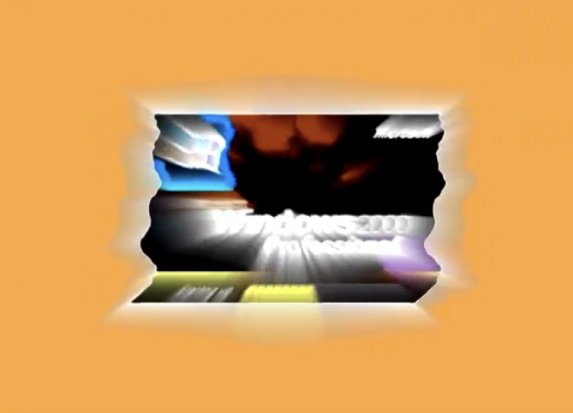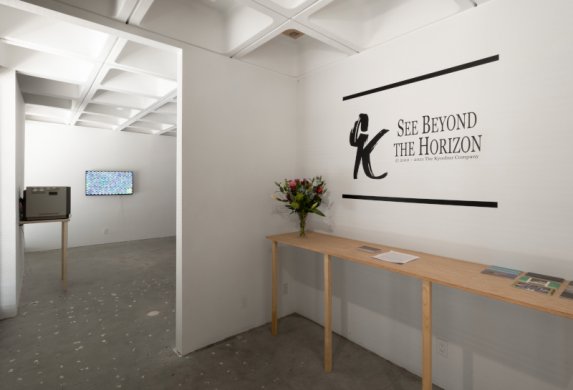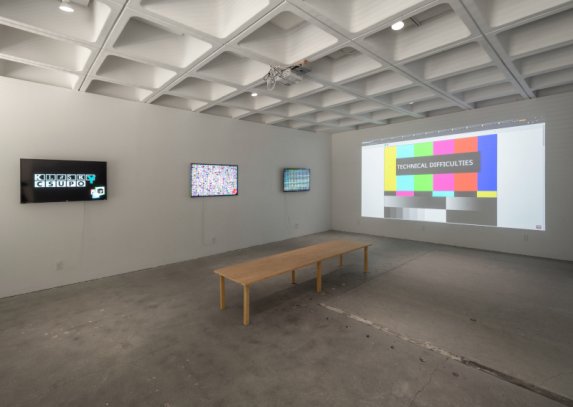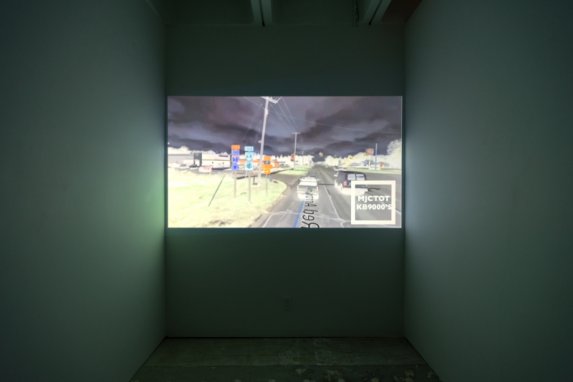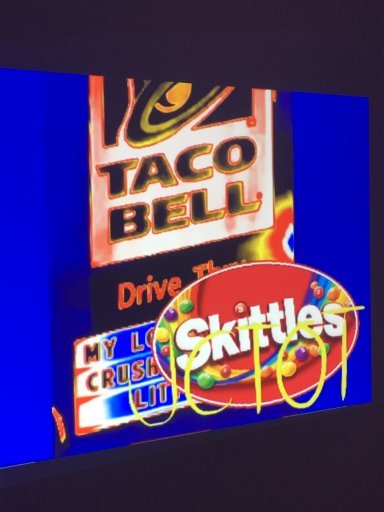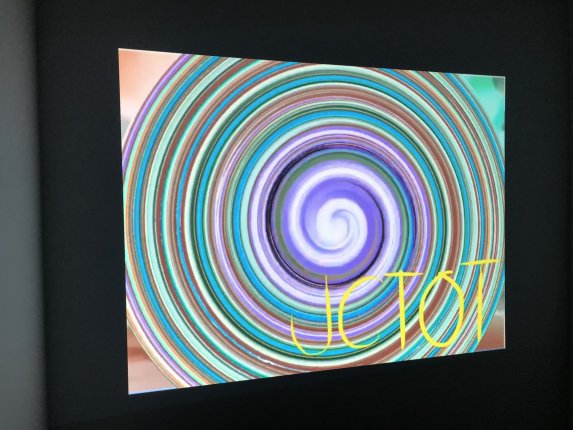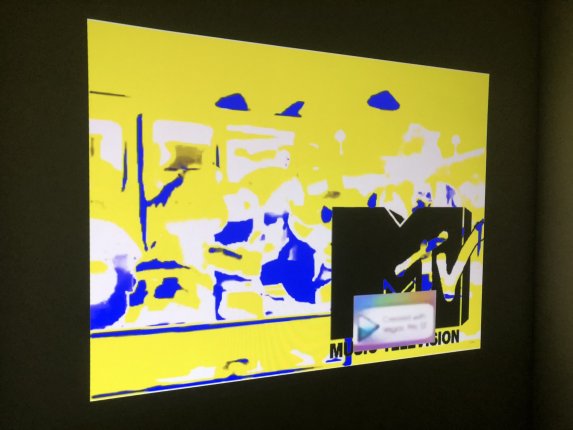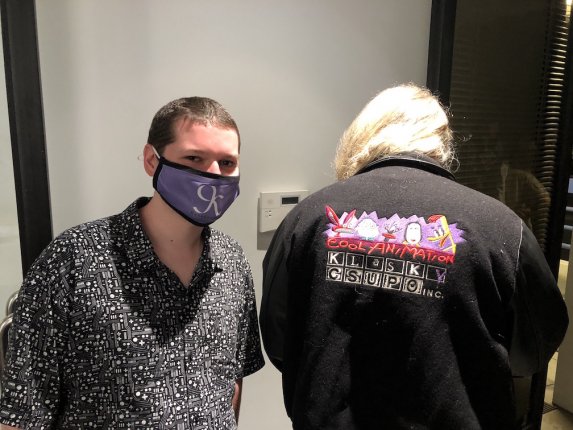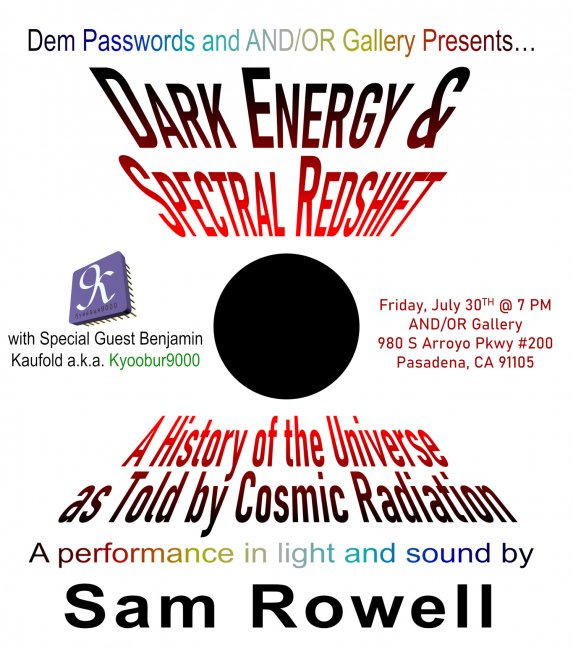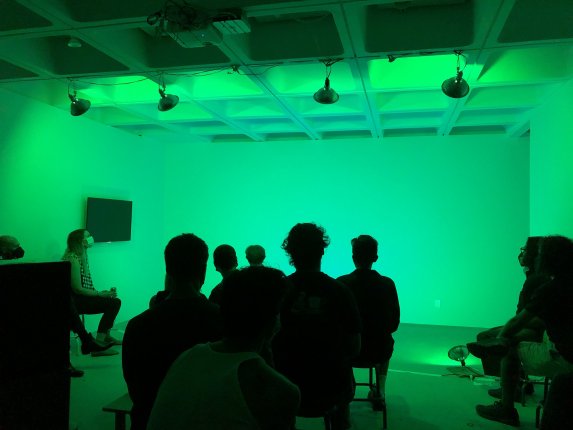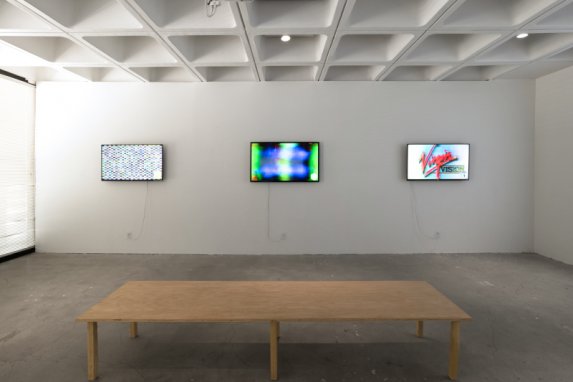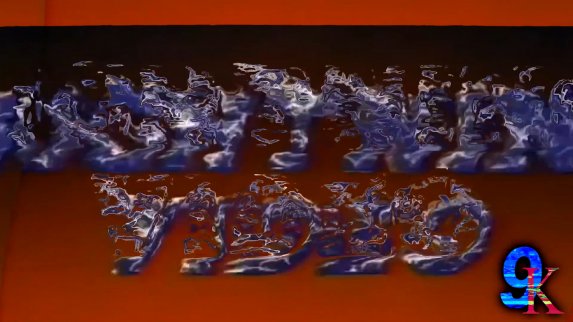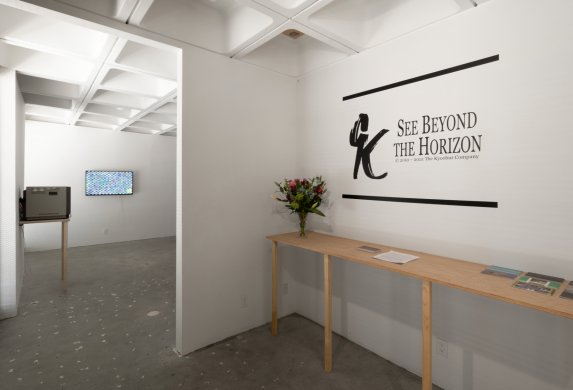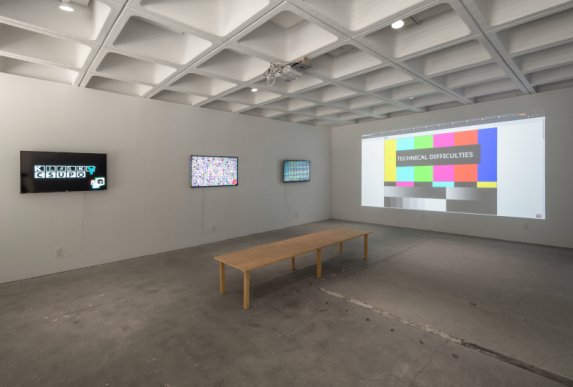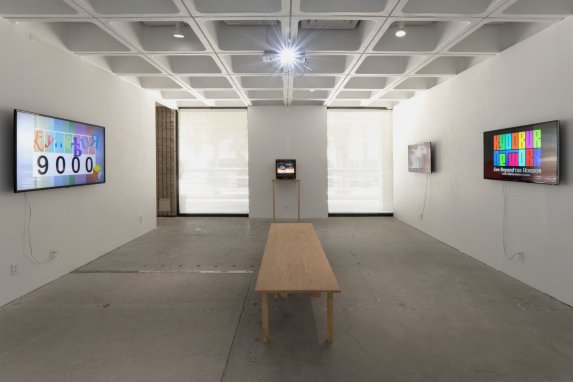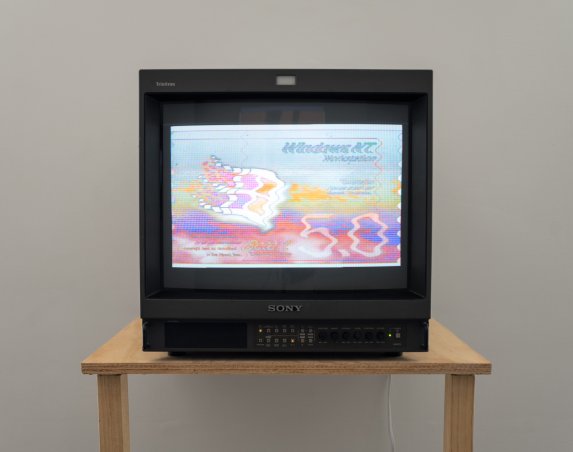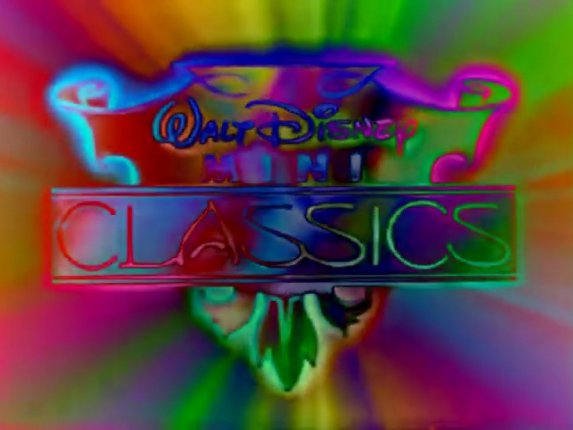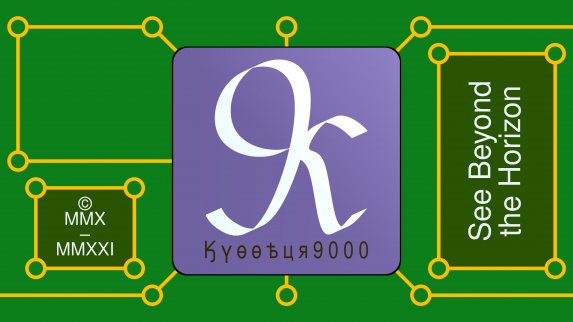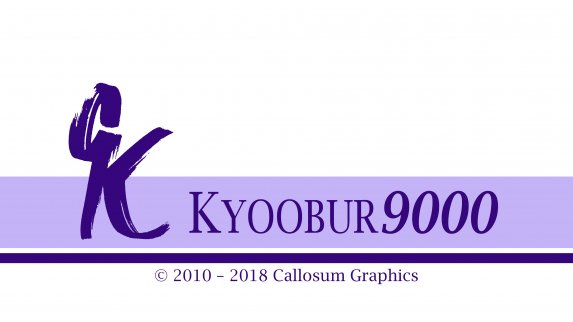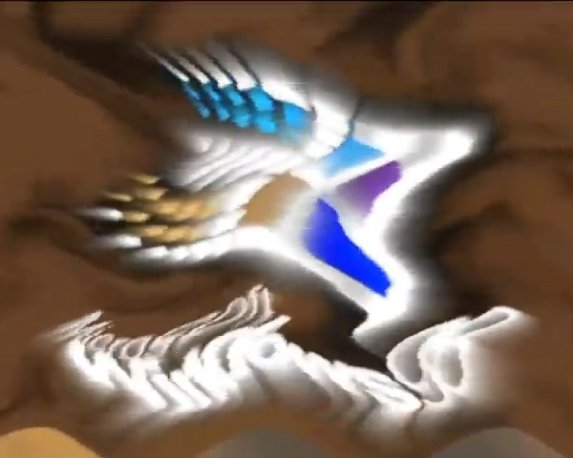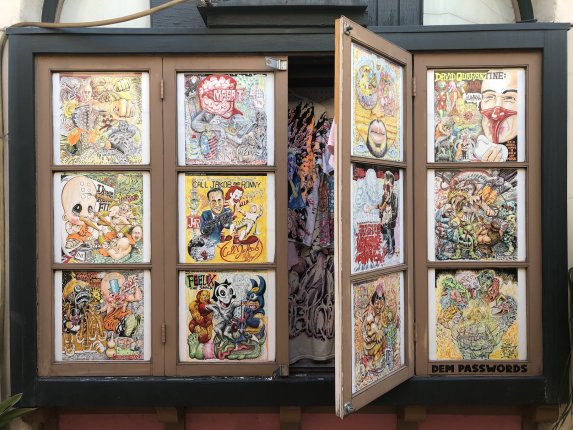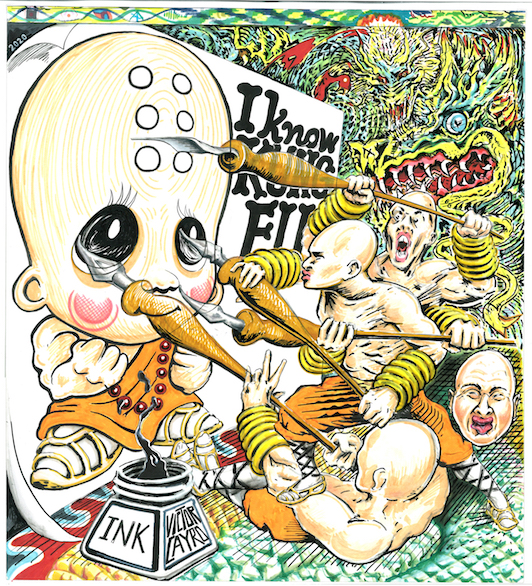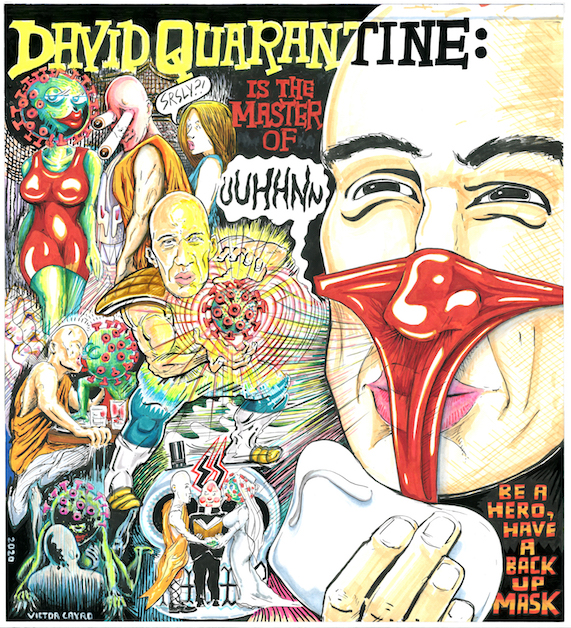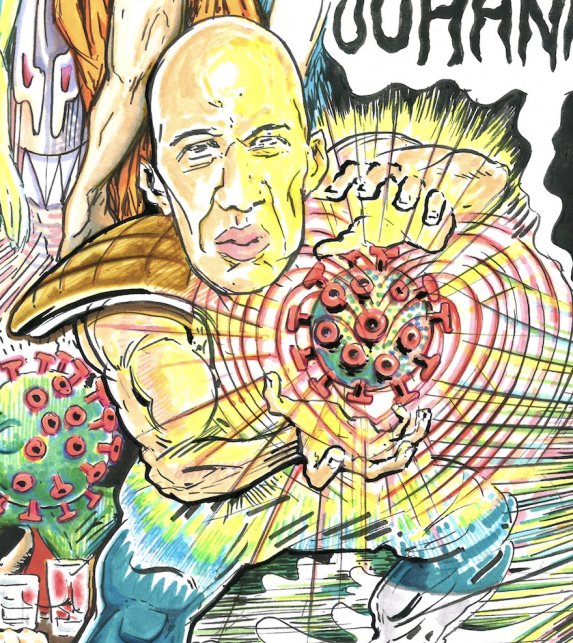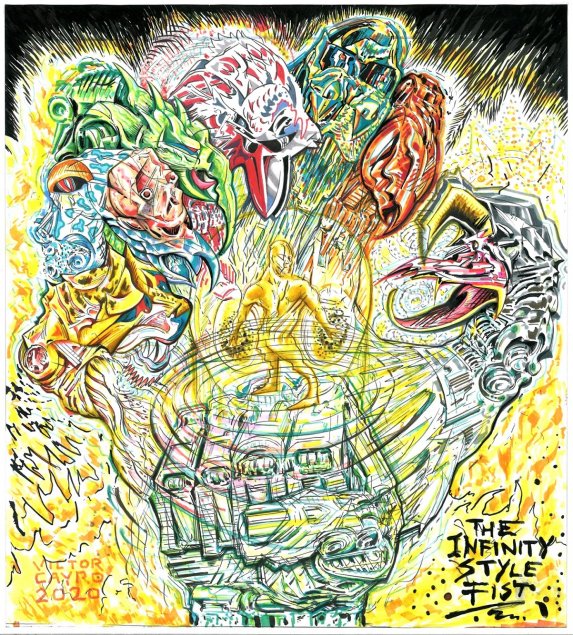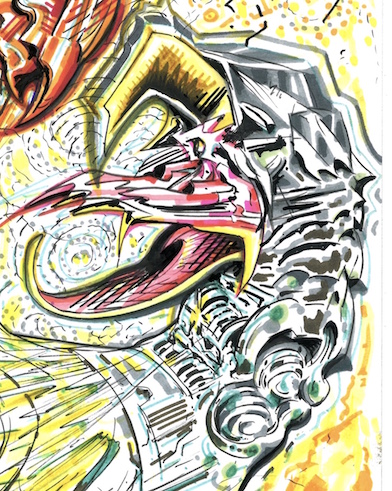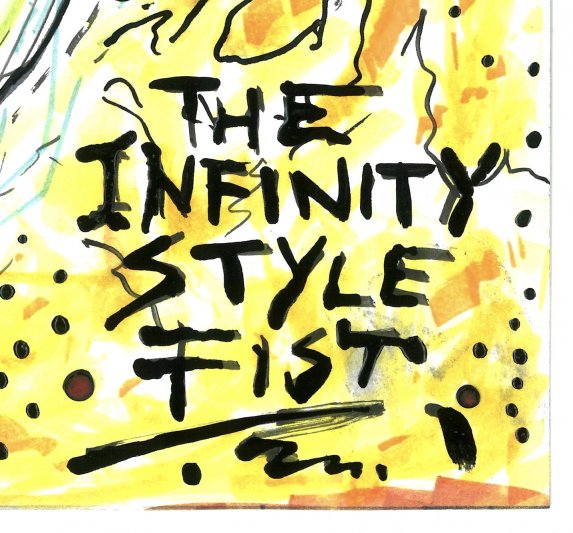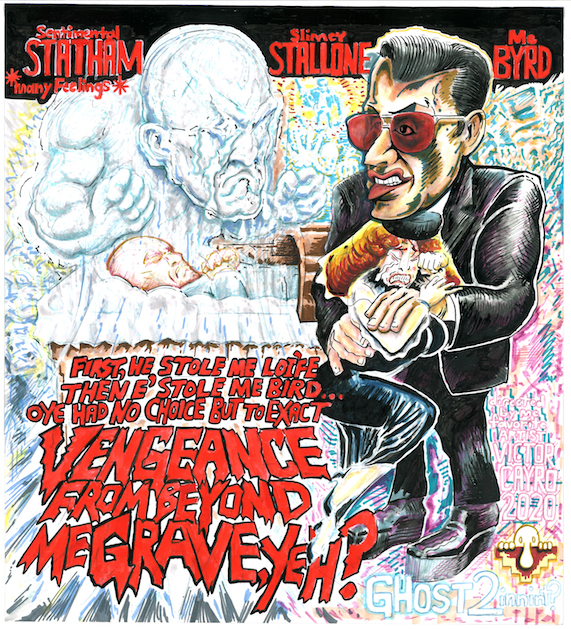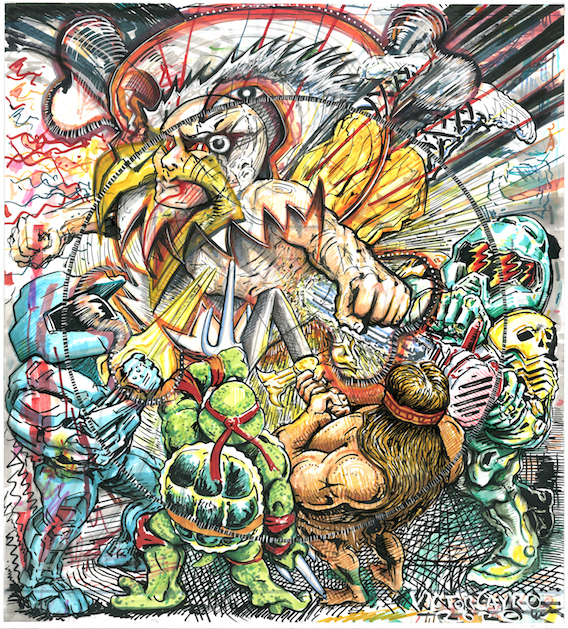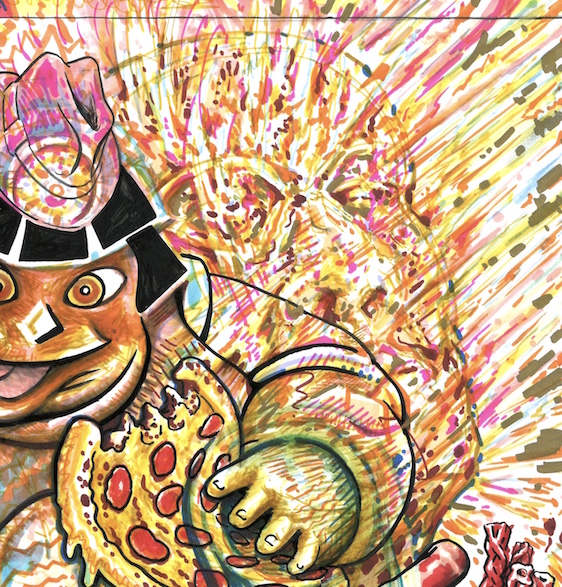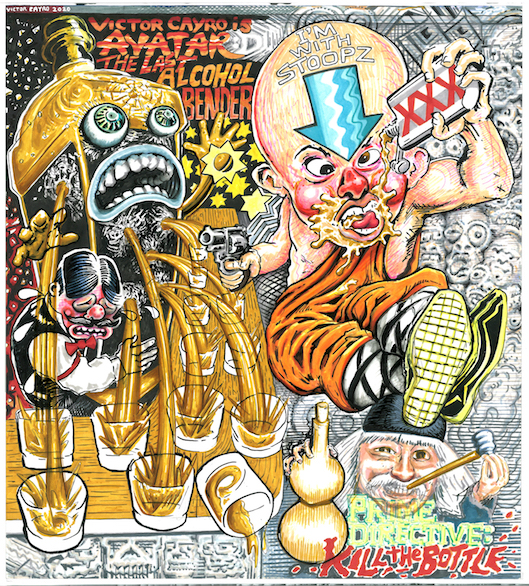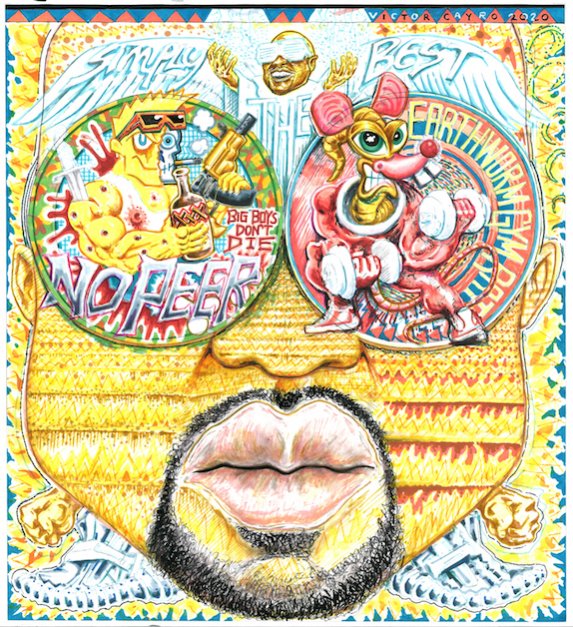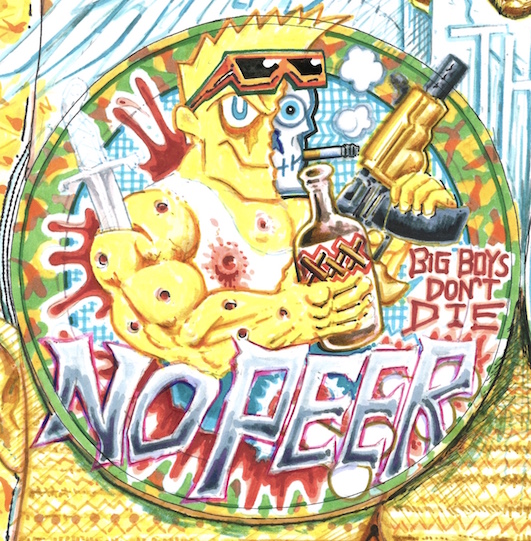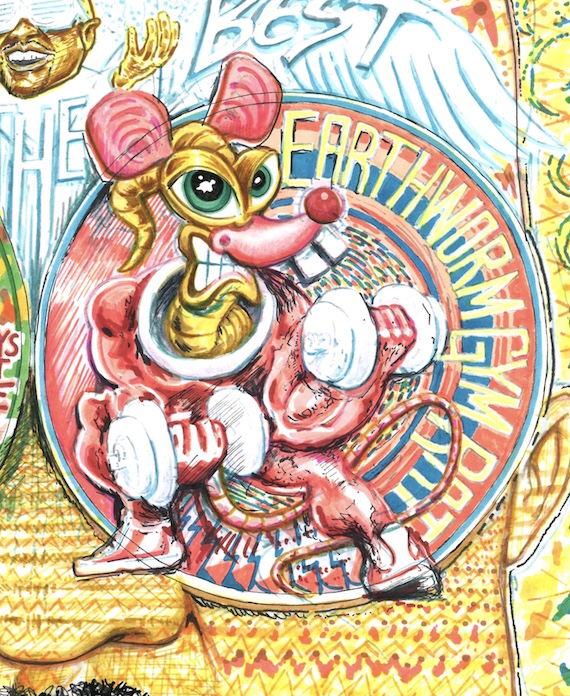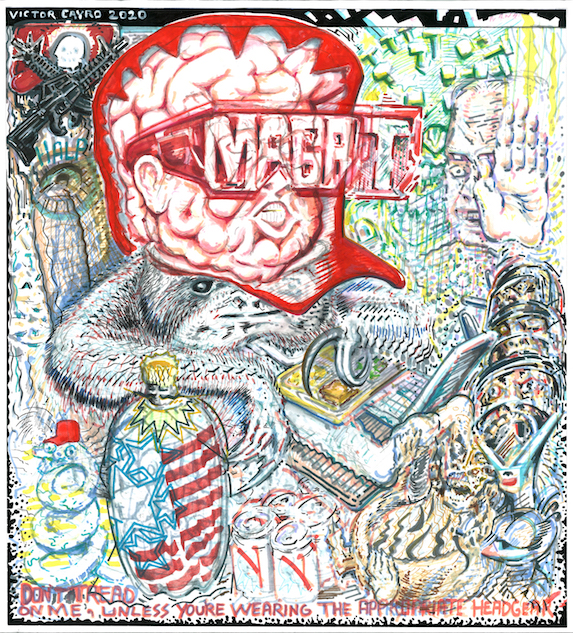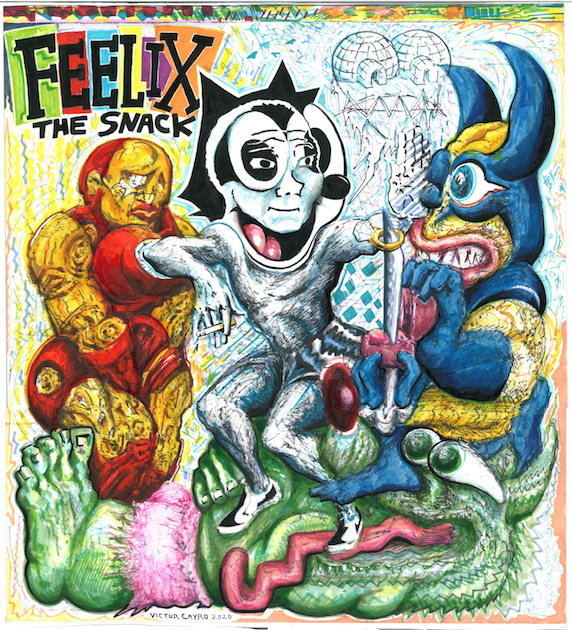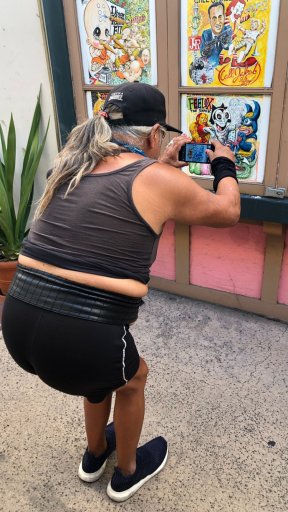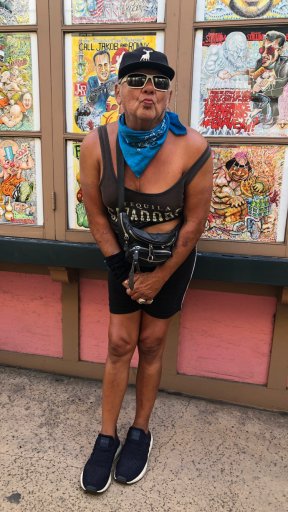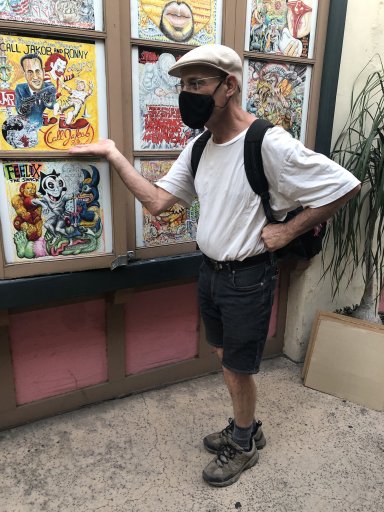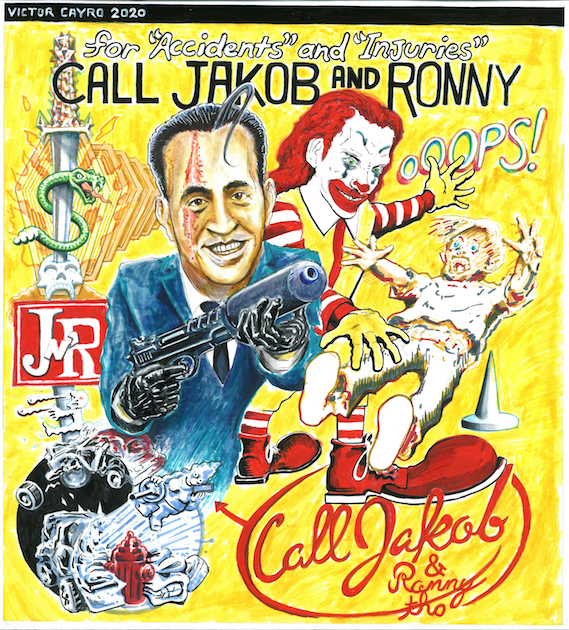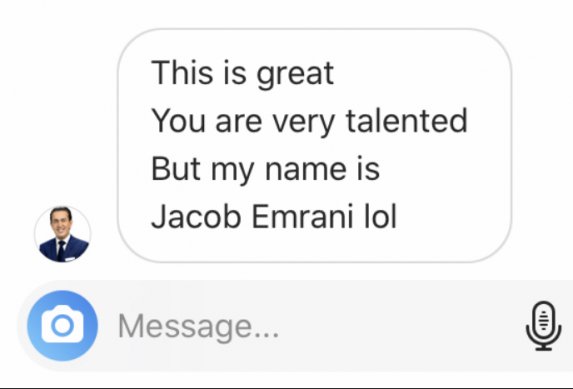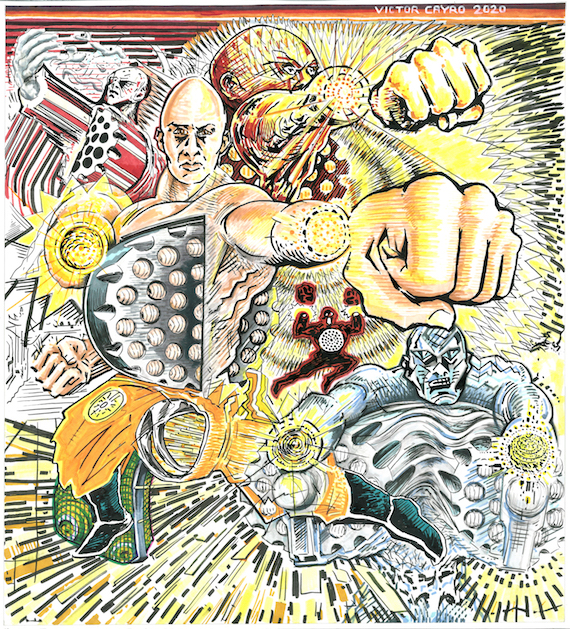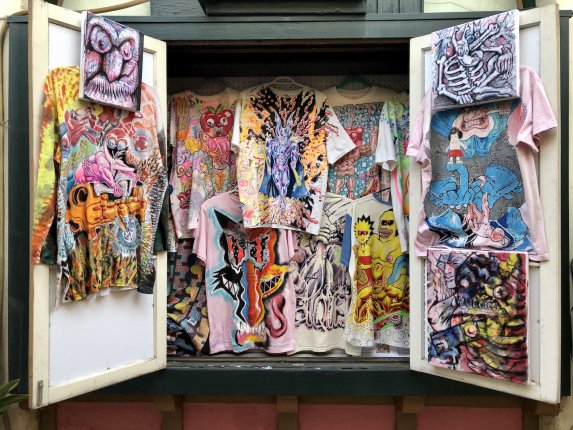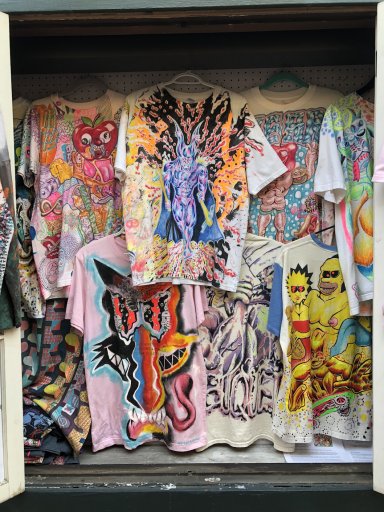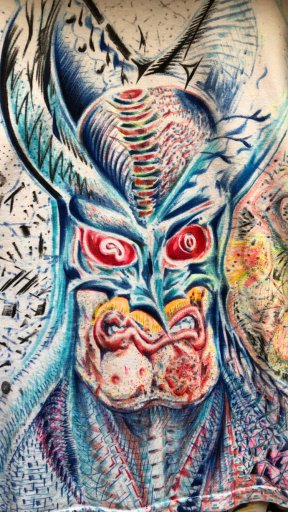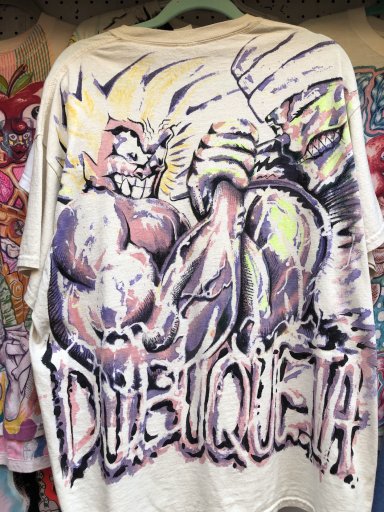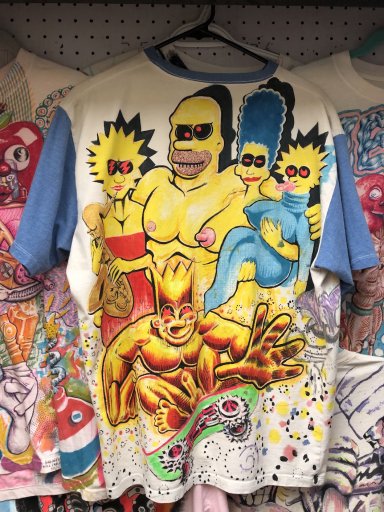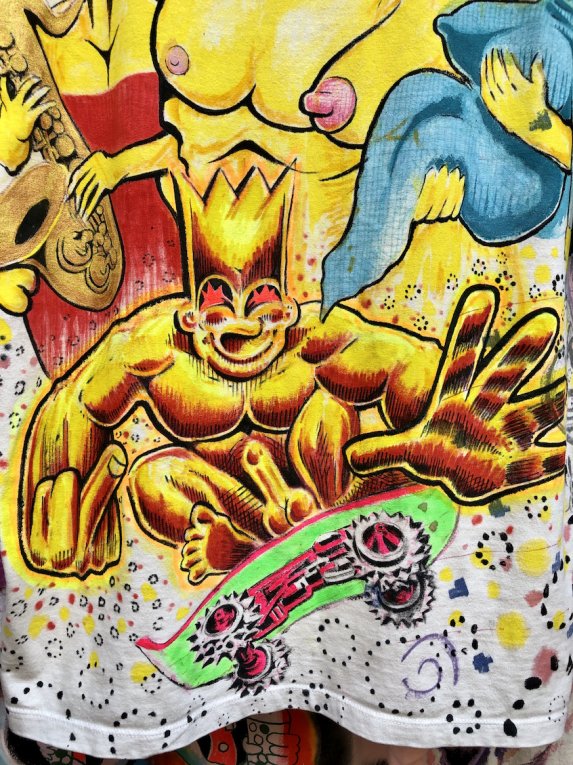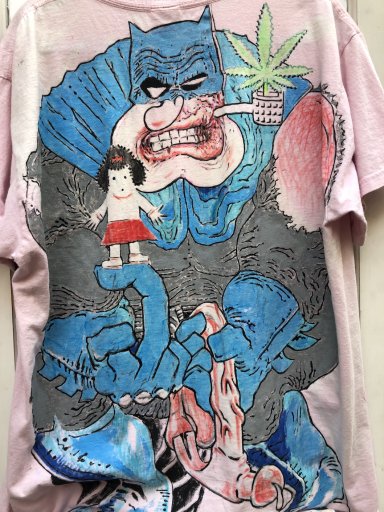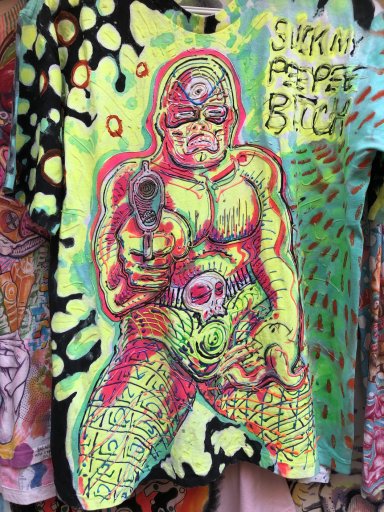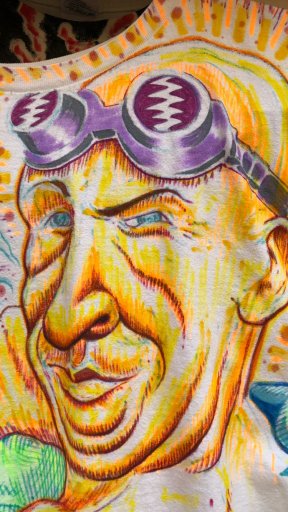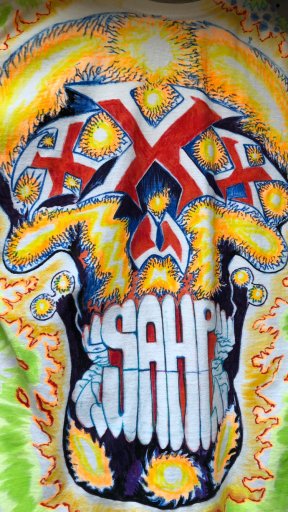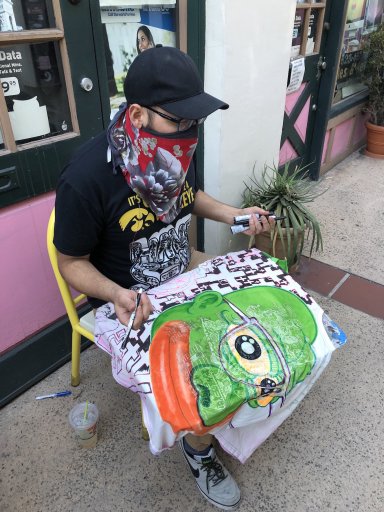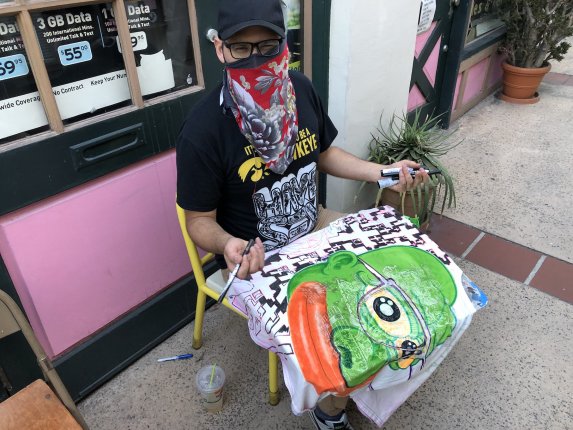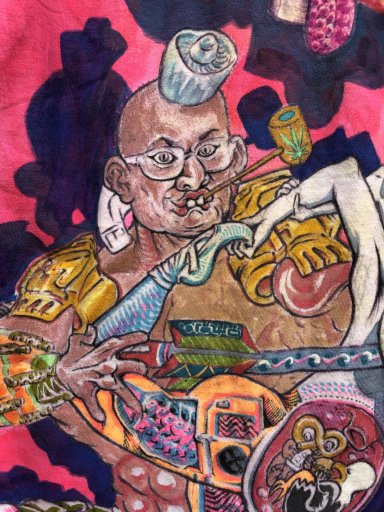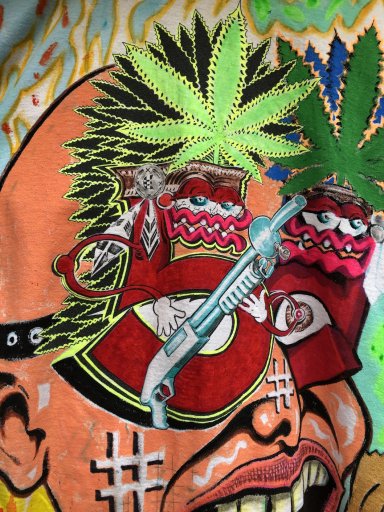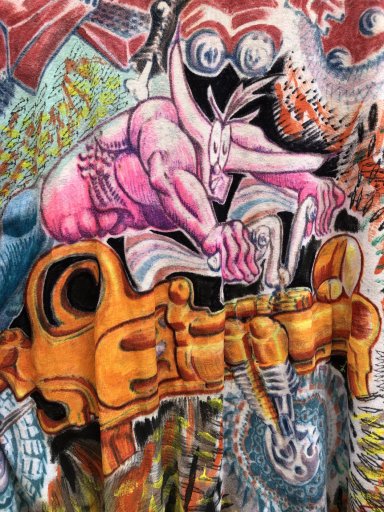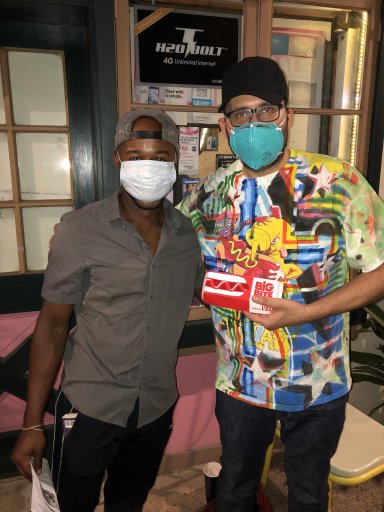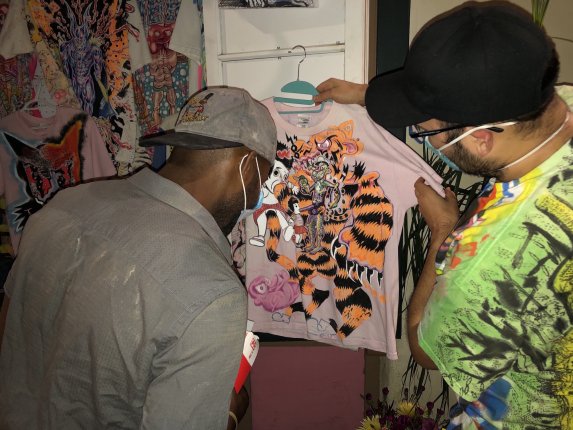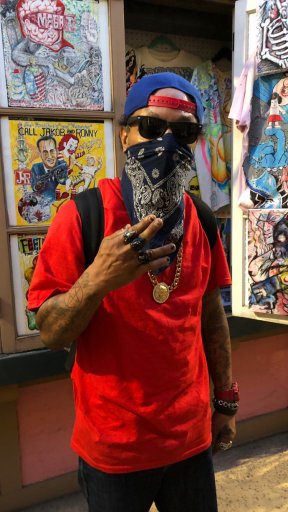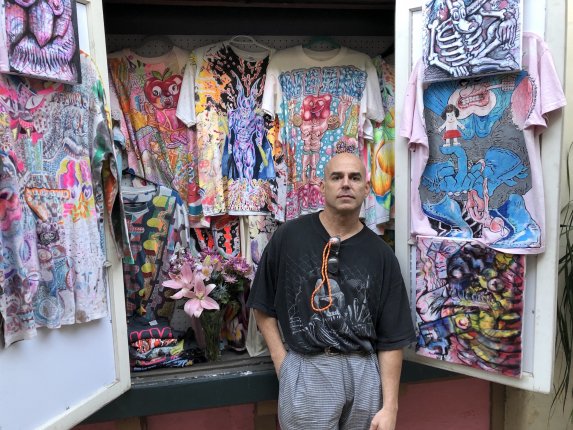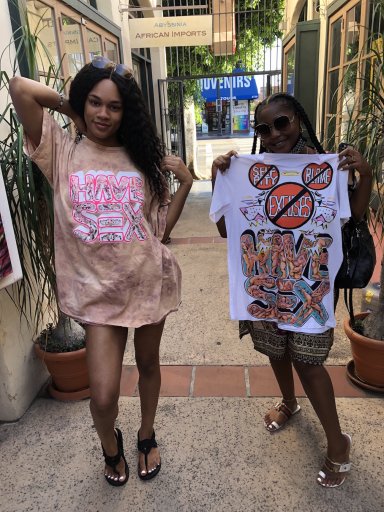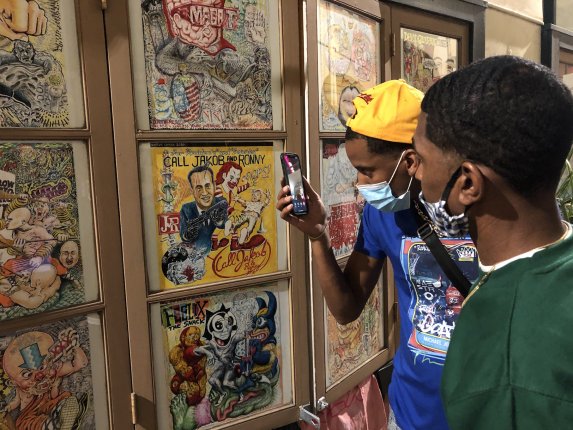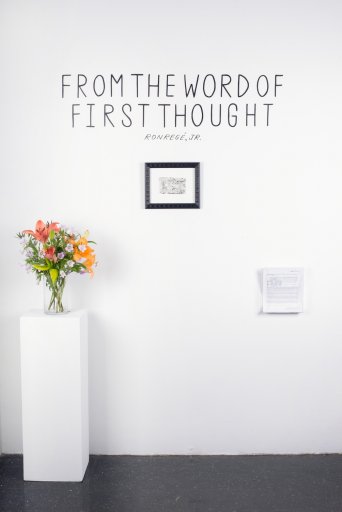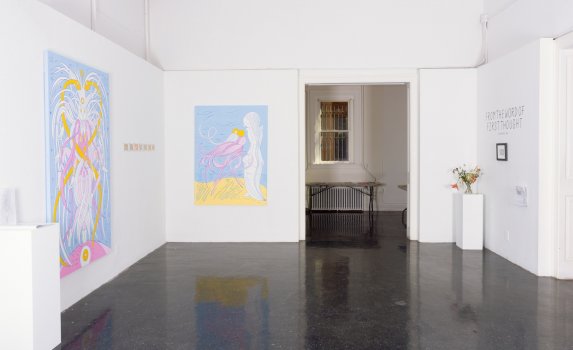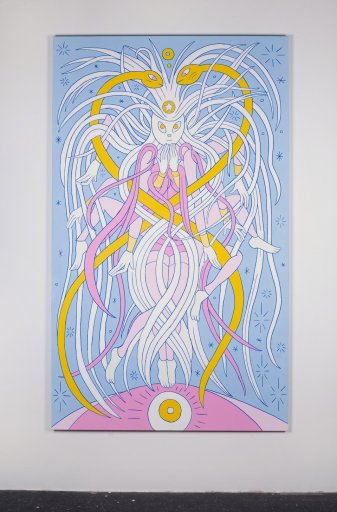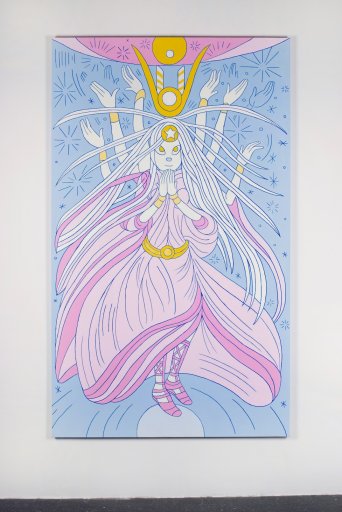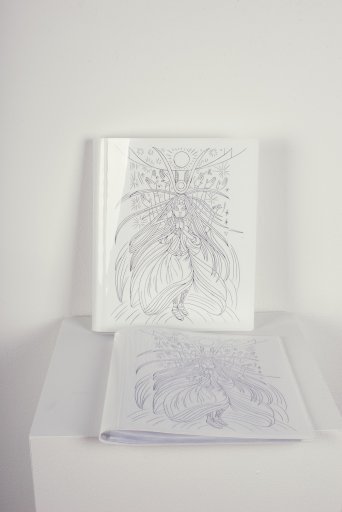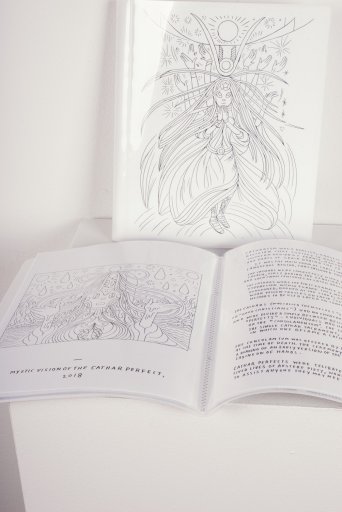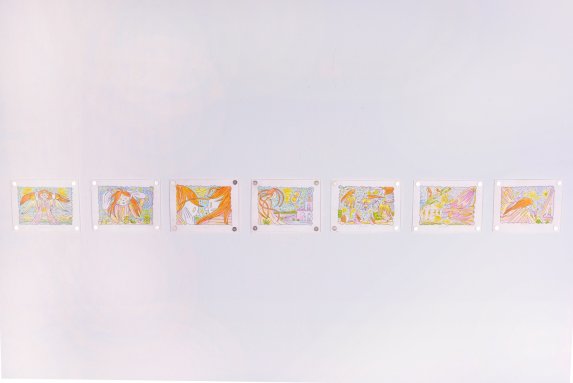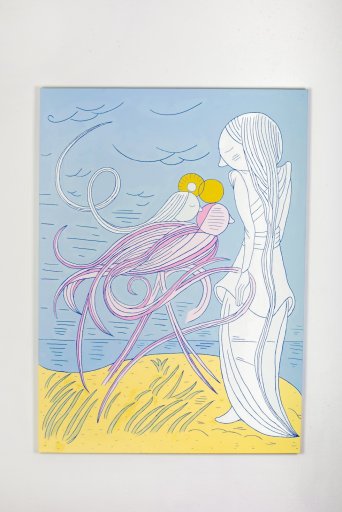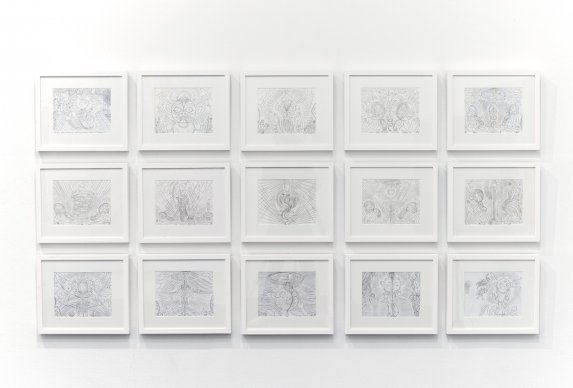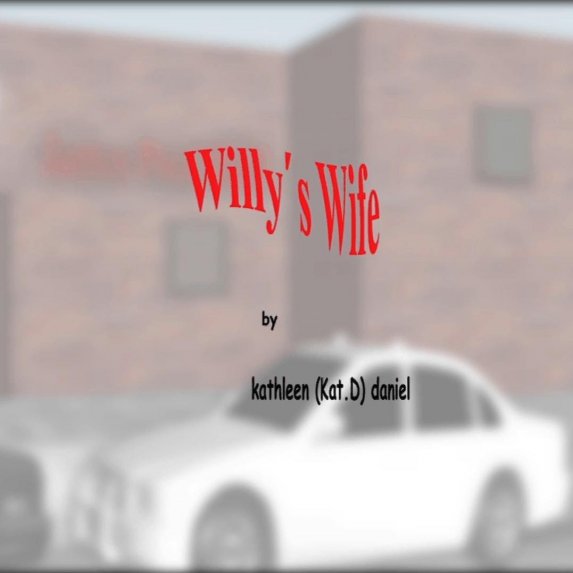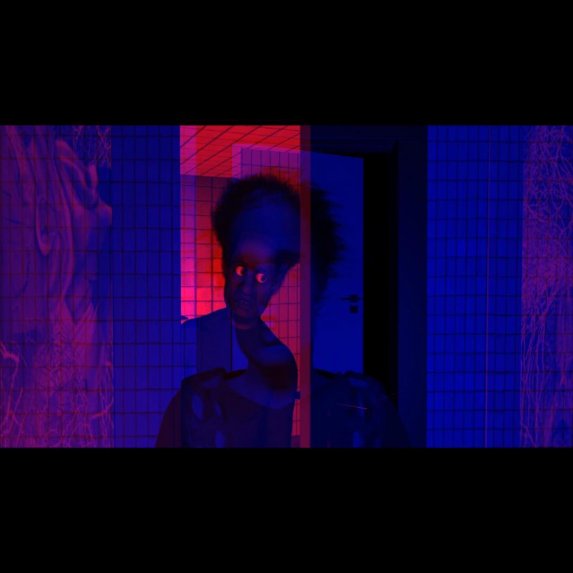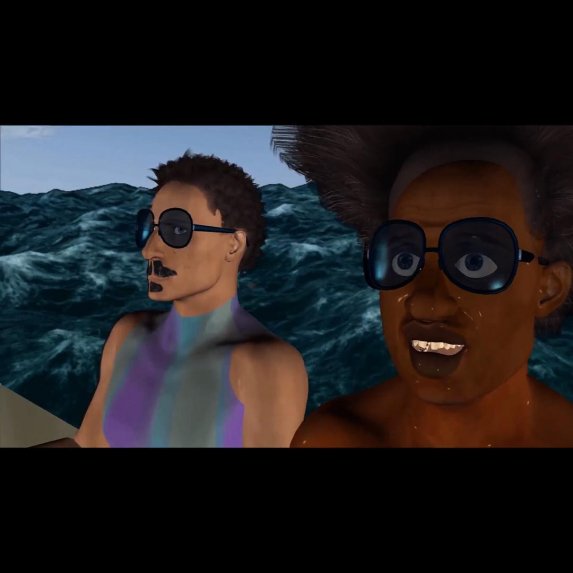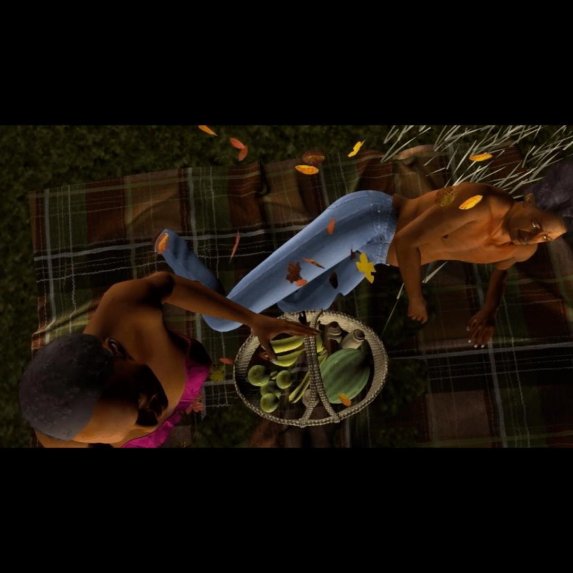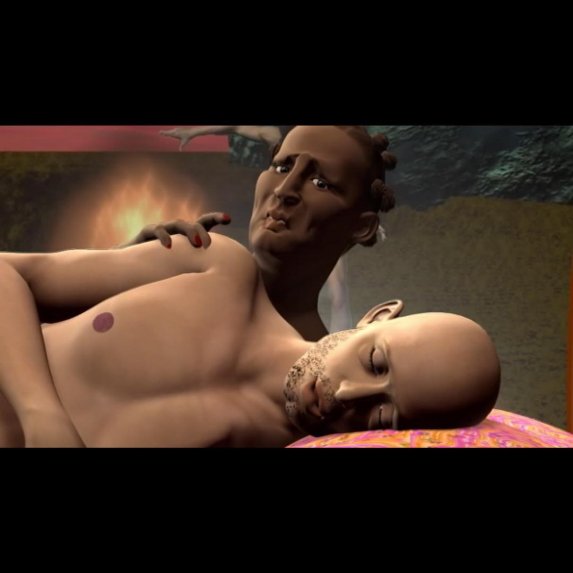And/Or Gallery Show #38: The Worst Rave in the World — Matt Barton + Extreme Animals (Jacob Ciocci and David Wightman)
June 21 - August 16, 2025@ And/Or Gallery - 980 South Arroyo Pkwy #200, Pasadena, CA 91105
This exhibition is open to the public and viewable Fri-Sat 12-6PM and by appointment. To schedule a viewing please email info @ dempasswords.com
And/Or Gallery and Dem Passwords are pleased to present "The Worst Rave in the World," a collaborative installation of animatronics and multi-channel video by Matt Barton and Extreme Animals (Jacob Ciocci and David Wightman).
The front gallery at “The Worst Rave in the World” consists of a four-channel video projection synced to a 17-minute, four-channel audio track playing back in quadraphonic sound. The music and projections surround a slew of animatronic figures and a DJ booth-like setup. The smaller back gallery contains a single figure staged in a chillout room of sorts, accompanied by a single-channel video with audio.
While their individual artistic and stylistic approaches vary, all three artists are connected by how their work engages with our technomediated society — their maximalist approach to extracting novelty from the vast conceptual space between the banal and the sublime reflecting the extremes at both ends. “It’s either heaven or hell,” Ciocci notes.
Barton often works in kinetic sculpture, combining found objects with motors and armatures to create figures existentially caught in repetitive, mechanical loops. He spent his formative years immersed in the 1990s skate subculture of the Midwest — an experience that helped shape his raw, intuitive, "anything goes" sensibility. During this time, Matt also worked at the animatronic-themed pizza and video game franchise Chuck E. Cheese, performing at children’s parties as the mouse mascot in full-body costume.
Extreme Animals primarily work with sound and video, combining high-energy electronic music compositions with internet-informed video art. Their work shifts between “found” sources and authored work, resulting in something both familiar and new. The band/collective has participated in the American underground experimental music and art scene for over 20 years. Like their sampled sources and cultural reference points, the Animals have consistently embraced an open attitude — performing everywhere from house shows to national museums and beyond.
“The worst rave in the world” is really a question. Maybe this is, in fact, the best rave in the world? The show plunders from the failures and noise of contemporary culture, which, when recombined, is no longer bad or good, but instead forms a “secret third thing”.
A series of human-scale figures are positioned throughout the gallery, herking and jerking in place— awkwardly gyrating to the disjointed, arrhythmic musical accompaniment. The audio and video create an encompassing mess of contrasting connections and exuberant references; DJ drops, crickets, intimate YouTube confessions, and other stock sound effects are all woven together to compose an utterly contemporary, embarrassing tune.
The dancers move in ways that are almost lifelike— but definitely wrong. If Plato was right when he said, “Dance was a gift from God,” then this is like the beginning of Gremlins when the father brings home Gizmo, or that viral video of the kid unwrapping an avocado at Christmas. Out of all this clutter emerges a song—like a Magic Eye poster at a suburban mall—that, if you squint or stand far enough away, might just take you there.
Matt Barton lives and works in Colorado Springs where he is the Co-Director of Visual Art at University of Colorado - Colorado Springs. Barton holds a Master's in Fine Arts from Carnegie Mellon and has exhibited work at the Museum of Contemporary Art, Denver; the New Museum of Contemporary Art, NY; the Carnegie Museum, Pittsburgh; the Andy Warhol Museum, Pittsburgh; the Center for Contemporary Art, Santa Fe; and the Mattress Factory, Pittsburgh.
Jacob Ciocci is a multimedia artist and musician. Ciocci is a founding member of the art collective Paper Rad whose work in the field of net.art helped ignite the genre. Ciocci has had solo exhibitions and screenings with Foxy Productions, New York; Interstate Projects, New York; Anthology Film Archives, New York; Nightingale Cinema, Chicago. He has exhibited and performed at a range of venues, including MOMA, the New Museum, and the Carnegie Museum of Art.
David Wightman lives and works in New York City, New York. He has performed at the Hirshhorn, the Stone, Anthology Film Archives, Museum of Moving Image, MoMA, and the New Museum. He has been awarded grants, residencies, and honors from Rhizome, HarvestWorks, and the Chicago Underground Film Festival, among others.
